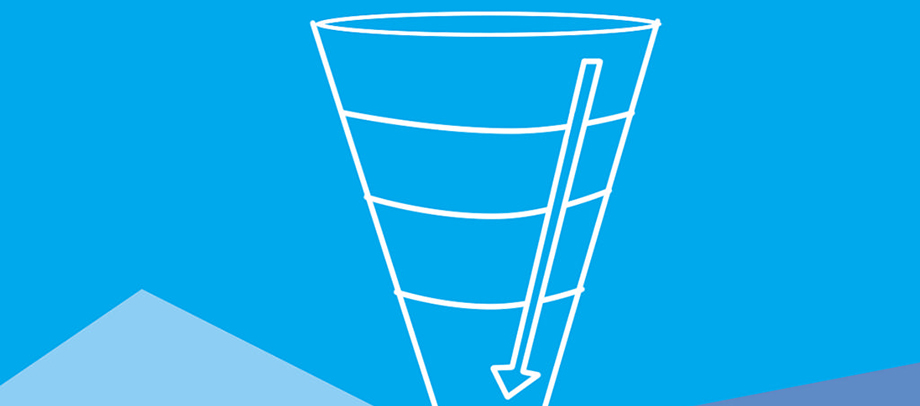How To Create Content for an eCommerce Site in 4 Steps

There are several models that describe the different stages a visitor goes through before adding an item to the cart.
Some of them also explain, how various content types can reflect these stages.
Among others, Hubspot’s Attract, Convert, Close, Delight model, or the Awareness, Interest, Desire, Action division fits into this category.
The easiest way to understand this process is to just think about the way you shop on the internet.
For example the different steps you take before you purchase a new hard drive.
When your PC doesn’t recognize your hard drive, at first you are only thinking about repairs. You download a few guides, run a couple of programs and look for content, that could help you to solve this issue.
When it becomes clear, that you can’t avoid the repairs, you try to find out what kind of product would mean the best solution.
Whether you need a fast but expensive SSD drive, or a traditional hard drive with a large storage capacity.
Once, you decided what type of product to purchase you start browsing the price comparison websites. At this stage, you try to find out which manufacturer’s product would be a good deal.
In the end, you pick a webshop and examine whether you can trust them or not. You take a look at their reviews, delivery fees and return policy, and if everything cheks out, you make a purchase.
E-commerce sites can sell the largest amount of products with the help of inbound marketing, if their articles cover every step, that I described above.
Why is this necessary?
If you can earn the visitors trust at the first stage of the buyers’ journey, it will almost certainly pay off at the end, when they will make a decision about the purchase.
After all, people are more likely to shop at an eCommerce site, that gave them useful tips about dealing with an error, than at one, that they only found before the purchase...
The four steps
Let’s have a look at the most effective content types for the different steps of the buying process.
1.Interest, awareness etc.
At this stage blog posts, guides and webinars work best. You should concentrate on topics, that could help your potential customers.
Sales content or too pushy messages at this stage only alienate visitors. At the same time you could try to convince them to take a small step, and for example, enter their email address.
The success of your content at this stage depend on how precisely you’ll be able to define your target group and find topics that your potential clients are interested in.
2.Purchase intention
At this phase, you can finally show why your product or service is the perfect solution.
Case studies, frequently asked questions or comparison videos are equally capable of calling your visitors attention to the advantages of your offers.
Try to stay objective, when creating this type of content. If you overpromise, and for example pretend that your software is easier to use, than it really is, or imply unrealistic results, it will sooner or later backfire.
3.Shopping
Among other content types, unique product descriptions, product videos, customer reviews and testimonials can all take you closer to reaching the final goal.
At this stage, the most important thing is to provide a seamless shopping experience and to avoid bringing forth doubts in your customers with the pages that lead to finalizing the order.
According to various studies, the cart abandonment rate is between 60 and 80 percent. Try to keep this value as low as possible!
A funnel analysis can help you to discover those parts of your website, where you could lose customers, and by setting up A/B test you can come up with better solutions than the ones that you currently apply.
4.Support
You shouldn’t forget about those visitors, who went through the funnel and finalized their order.
By creating newsletters, guides, how-to videos, and exclusive content for them you can increase the chance of a second purchase.
Satisfied clients will also help you in promoting your content, as they are more likely share your posts, or write positive reviews about you on social media.
How to get started?
The most effective way to create content for an eCommerce site is to start at the end.
At first, you should ensure that your subscription pages and the pages that are leading to the payment are working properly. Then you should make your website capable of convincing those visitors, who have heard of your products or brand previously.
You should only start writing posts and making videos, which will attract new visitors to your site, after this.
After a while, you will spend most of your energy and resources on creating content that is related to the first stage anyway.
But there’s no point in attracting new visitors until you can ensure, that anyone who enters your site will be able to go through your conversion funnel.
Image source: http://joethegoatfarmer.com/
